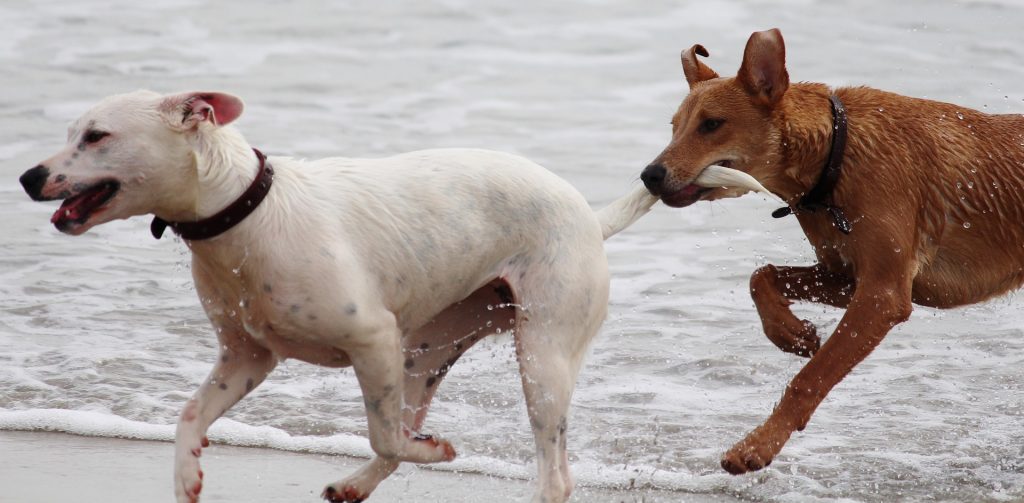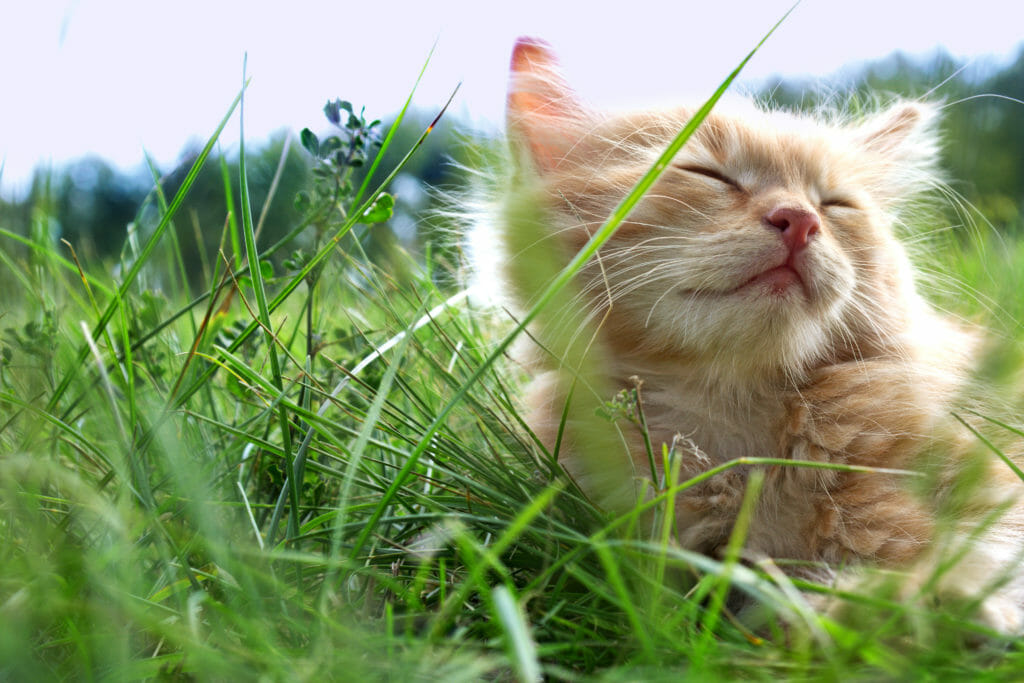Clients are often embarrassed to discuss certain canine behaviours, including mounting.
Often dog owners assume that mounting is sexual in nature and will stop once the pet has been neutered. They then become concerned when their dog continues, particularly around young children in the household or visitors.
Mounting behaviour, also known as “humping” is normal and is often seen in puppies at play. It can also occur in older dogs as well. Both male and female dogs can display this behaviour. They may mount other dogs, people, or inanimate objects. In most cases it is not a sexual behaviour, but is an attention seeking behaviour, a way to act out anxiety or relief, or it could be self-rewarding. There are some medical conditions that could contribute to this behaviour, so a dog should be checked by a veterinarian if you are concerned.
DOG-ON-DOG CONTACT…
Nonsexual mounting of other dogs is generally a dominance, control, or challenge behaviour, although when practiced by puppies it’s primarily about play and social learning. Mounting of humans is strictly nonsexual; it may be about control, it can be attention-seeking, and it can be a stress-reliever.
If the mounting is occurring with other dogs, it is helpful to get your dog trained to a Gentle Leader, which will provide much more control. Only allow the dogs together when they can be supervised. Reward non-mounting behaviour with tasty treats and provide lots of activities to keep the dogs’ attention away from mounting. Taking a “Time out!” may mean leading your dog to a quiet corner. Sit with him or her there until you can tell that the arousal level has diminished, and then release them. With both young and mature dogs, you can use time-outs to let your dog know that mounting behaviour makes all fun stop. A tab (short, 4- to 6-inch piece of leash) or a drag-line (a 4- to 6-foot light nylon cord) attached to your dog’s collar can make enforcement of time-outs faster and more effective.
DOG-ON-HUMAN CONTACT…
Unwanted attention towards humans can be quite embarrassing. If your dog is a ‘known’ humper, only allow interaction with humans when the dog is supervised. Reward good behaviour and try keeping your pet entertained while guests are over. Teach your dog that the appropriate way to greet humans is by sitting in front of them.
The longer your dog practices his mounting behaviour, the harder it is to change. So it’s logical that the sooner you intervene in your dog’s unacceptable mounting, the better your chances for success. With enough repetitions, most dogs will give up the mounting. With an older dog with a history of mounting you may need to repeat your time-outs with each new play session. With a pup or juvenile, the behaviour should extinguish fairly easily with repeated time outs, especially if he is neutered.
WHEN TO SEEK HELP
If your dog becomes growly, snappy, or otherwise dangerous when you try to stop him or her, you are dealing with a serious challenge and control issue. You would be wise to contact a behaviour consultant who can help you stay safe while you modify this behaviour. The program remains essentially the same – using time outs to take away the fun every time the behaviour happens – but may also involve the use of muzzles, and perhaps pharmaceutical intervention with your veterinarian’s assistance, if necessary.




